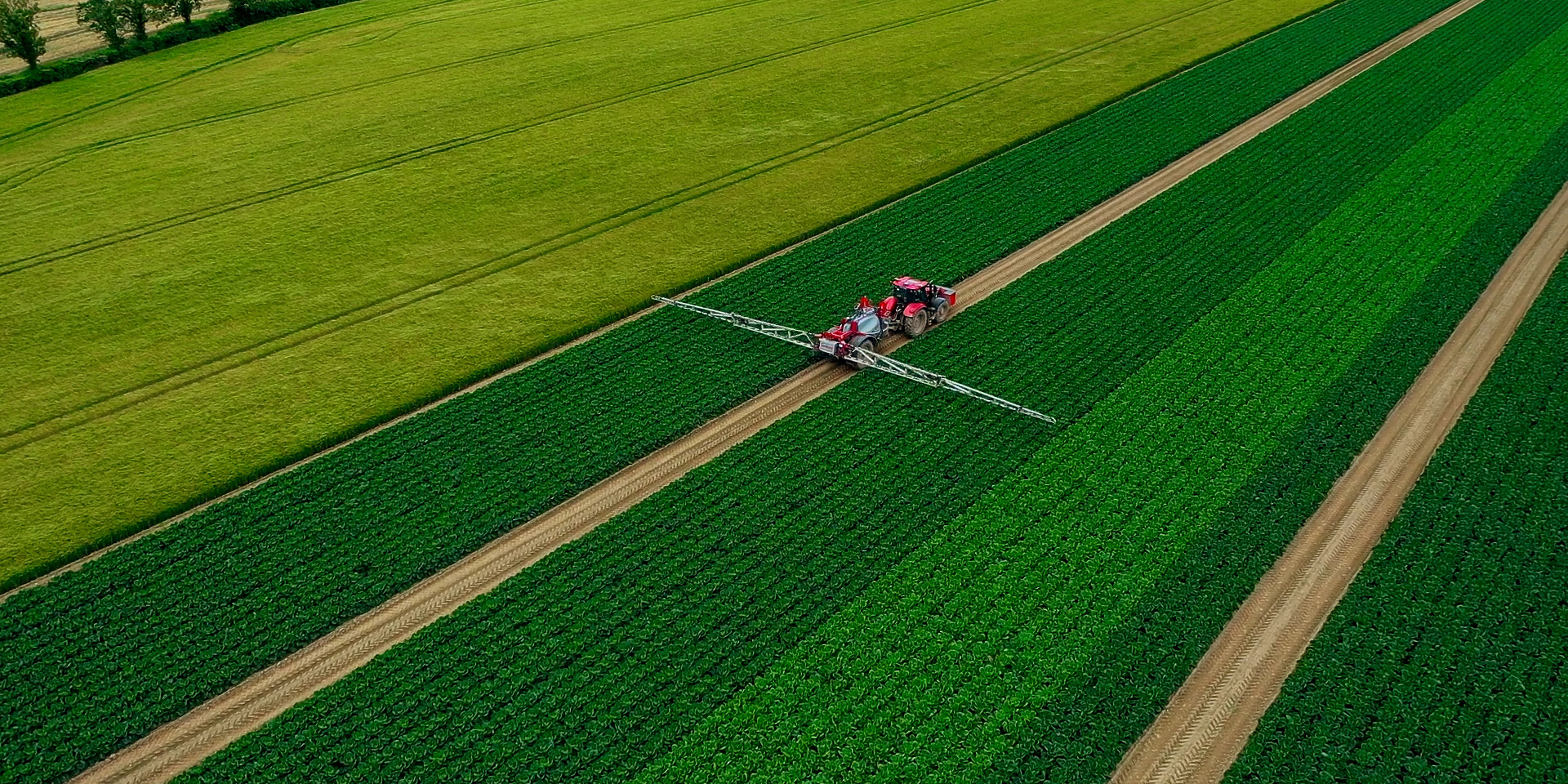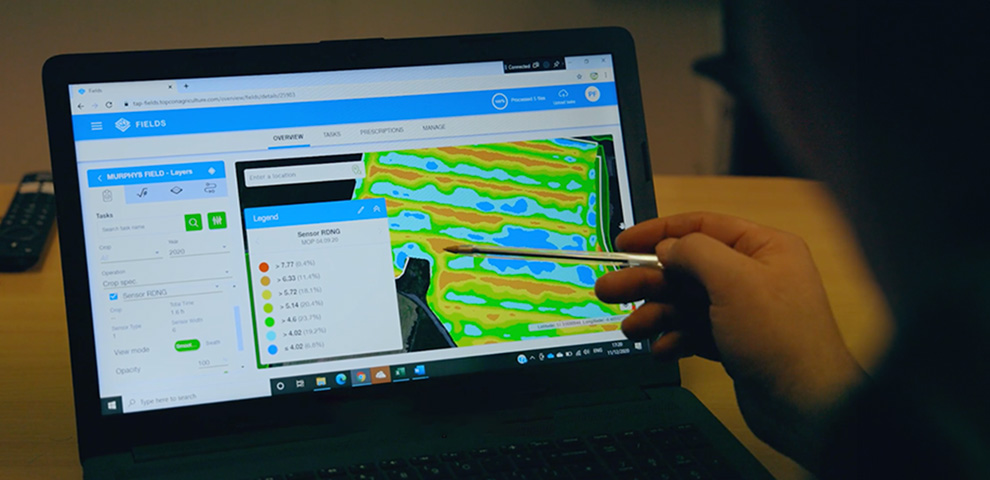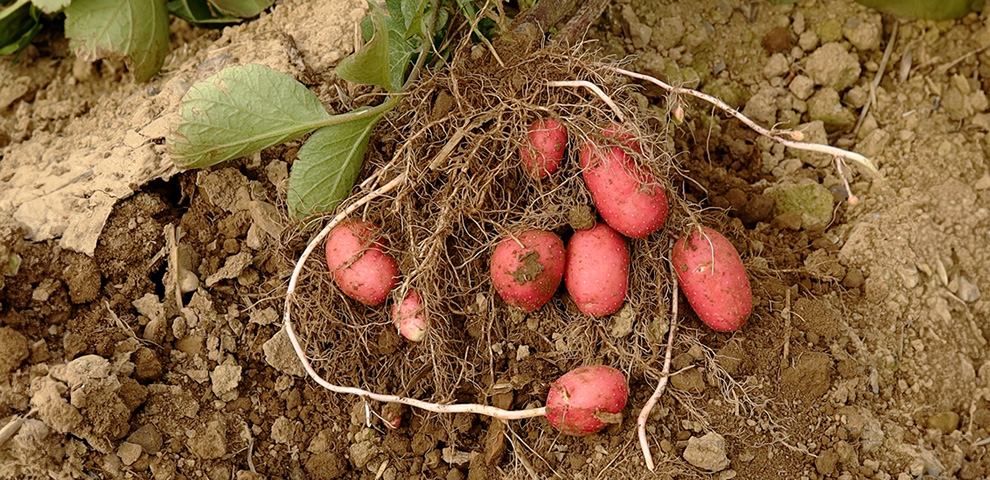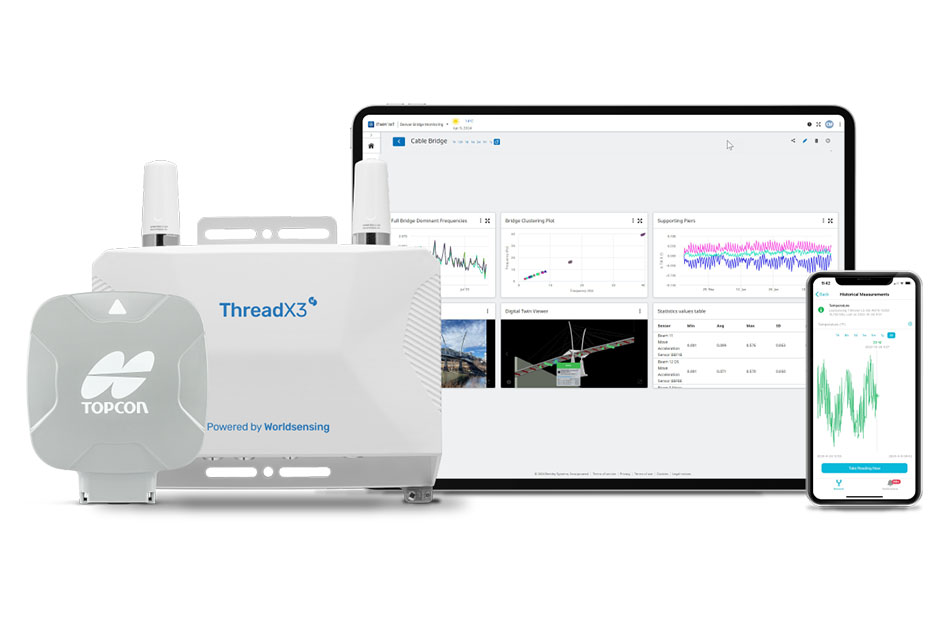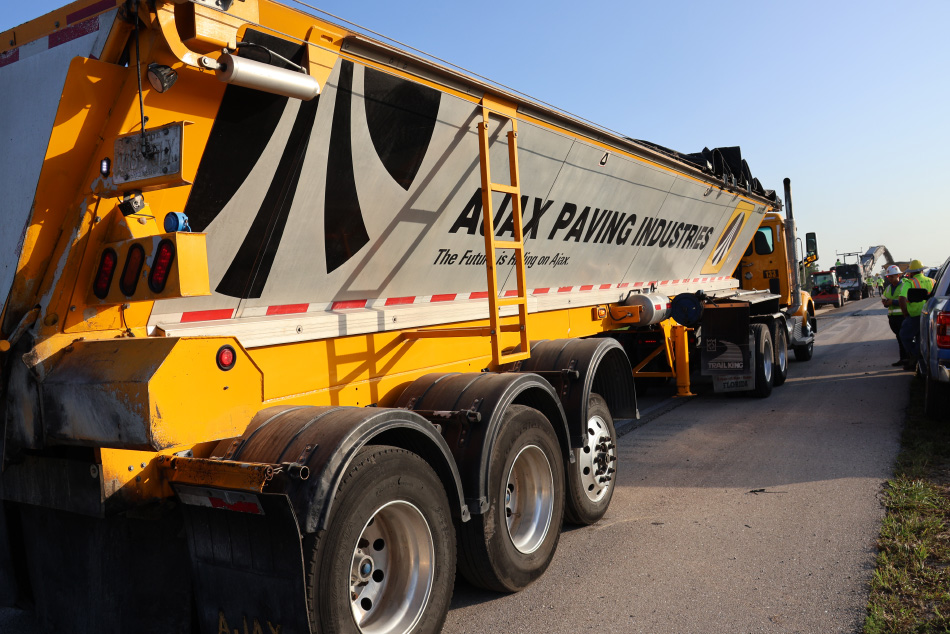A more sustainable crop
“We decided to look for a new way of working as we see that farmers are going to be facing a lot of challenges going forward, environmentally and sustainably,” says John Smith, general manager at Finnegan’s Farm. “We got in touch with our Topcon distributor Wel-Tech, who was able to provide us with a system that met our demands, being a step ahead of where the demands will be coming from.”
“This is the first time CropSpec has actually been brought into Ireland,” says Craig England, technical specialist with Topcon. “The big benefit of using CropSpec is the benefit of scouting the field the year before the actual potatoes go in. Once the potatoes are going in, we can go along with a prescription map for the fertilizer output. The goal is to reduce the fertilizer input and chemical input onto the crop.”
“Desiccation is vital for our potato crop as it gives an even quality, with not too big a crop which is expected,” John Smith says. “We hope to see that the CropSpec will allow us to have a variable rate prescription on our second desiccation which will in turn reduce the inputs going into the crop, produce a healthier and more sustainable crop and also give it the quality we expect.”











